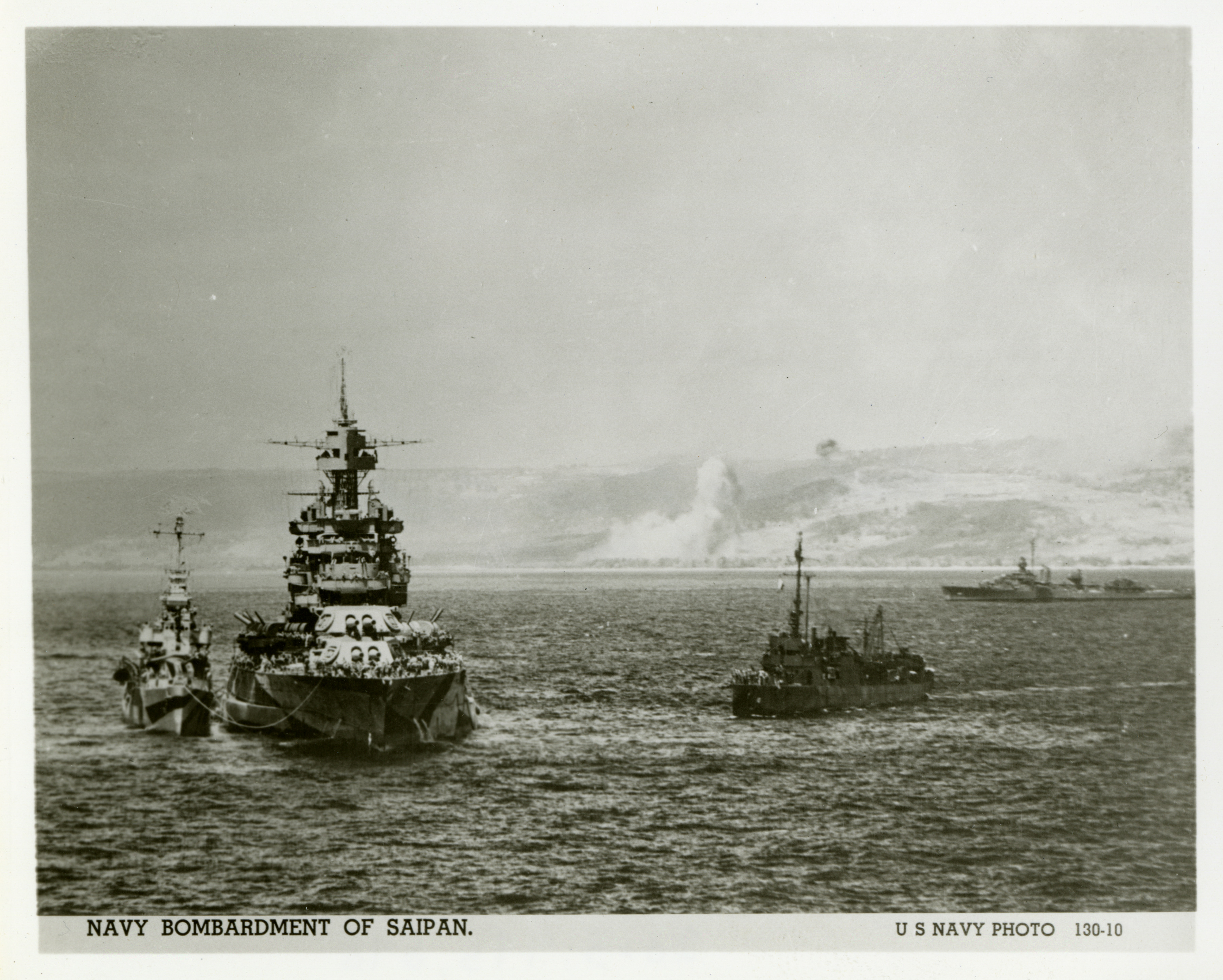

Though only five individuals would be killed by the cannonade, Charlestonians moved north of Calhoun Street and along the Ashley River. Charleston remained under intermittent bombardment from August 1863 until it was evacuated in February 1865.

A small boat attack on Fort Sumter, an attempt to capture it by surprise, failed on September 9, 1863. Gillmore undertook siege operations, forcing the evacuation of Wagner and Morris Island on September 7, 1863.ĭuring this time bombardments of Fort Sumter and Charleston commenced, and they continued throughout the war. On July 10, 1863, the date that Charleston newspapers declared as the start of the siege, Union troops stormed ashore and captured most of Morris Island, but they were stopped on July 11 and 18 from taking Battery Wagner. The defeat of the separate army and navy attacks resulted in the formation of a combined naval and land assault led by General Quincy A. Previously the city had survived the sinking of a “Stone Fleet” (old whaling vessels sunk in the shipping channel as an obstruction in late 1861 and early 1862), a land attack directed against Secessionville in June 1862, and a naval assault against the harbor defenses by nine ironclads on April 7, 1863. Though a continuous enemy presence off Charleston was maintained by the Federals from May 28, 1861, when the Union navy established its blockade, Charleston did not find itself under constant attack until July 1863.


 0 kommentar(er)
0 kommentar(er)
